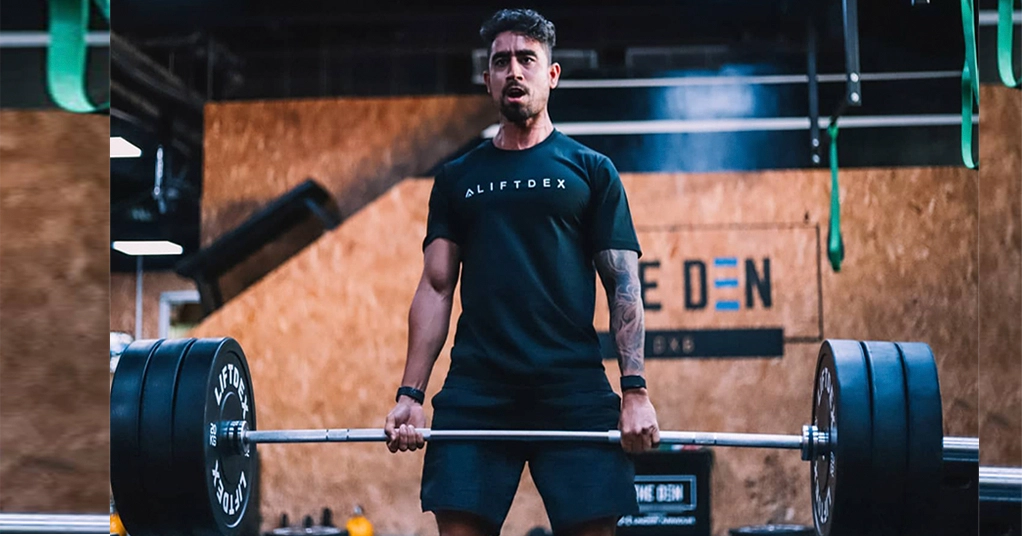The effectiveness of workouts, user experience, and long-term outcomes are significantly impacted by the materials and functionality of home gym equipment. These factors—from durability and ease of use to safety—are crucial to the effectiveness and enjoyment of at-home workouts. They have the following effects on users:
- Functionality: Impact on Workout Variety and Effectiveness
- Multifunctionality: Multipurpose home gym equipment, such as resistance bands, adjustable dumbbells, or multipurpose machines, enables users to target different muscle areas with a greater range of workouts in less space.
- User-Friendly Design: Accessibility is enhanced by straightforward, user-friendly designs, which facilitate successful engagement for individuals of all fitness levels. Regular usage is encouraged by machines with simple adjustments or straightforward instructions, which guarantee that users can concentrate on their workouts without having to overcome a challenging learning curve.
- Customization Options: Workouts tailored to each user’s fitness level and objectives are made possible by equipment with movable weights, resistance levels, or incline settings, which can sustain users’ motivation over time.
- Materials: Influence on Durability, Safety, and Comfort
- High-Quality Metals and Alloys: Durability, which is necessary for heavy lifting or high-intensity activities, is provided by sturdy materials like steel or reinforced aluminum. They extend the equipment’s lifespan, guaranteeing that consumers may depend on it for many years.
- Protective Coatings and Finishes: Rubberized components on handles or footrests and rust-resistant coatings increase durability, lowering wear and tear and offering stability during exercise.
- Cushioning and Padding: Comfort-enhancing materials like foam or gel padding on benches or seats lessen joint or pressure point tension when exercising. This enhances safety and efficacy by guaranteeing users can execute exercises with proper form.
- Safety Considerations in Materials and Design
- Non-Slip Surfaces: To lessen the chance of slipping, particularly during vigorous exercises or when using sweaty palms, many exercise equipment include textured handles or non-slip foot plates.
- Shock Absorption: In order to lessen the strain on the knees and joints, equipment such as treadmills frequently have shock-absorbing materials in their decks. This makes them kinder for prolonged use, especially for people who have joint problems.
- Stable Frames and Secure Components: For household settings where space may be restricted and safety is a key consideration, equipment with sturdy frames and strong joints reduces the possibility of wobbling or toppling.
- Space Efficiency and Storage Materials
- Compact, Foldable Designs: Home equipment with space-saving designs is easy to store, especially for users without a dedicated area for working out. For homes with limited space, foldable machines or stackable weights are perfect.
- Lightweight but Durable Materials: Equipment may be easily moved and adjusted without sacrificing stability or longevity thanks to lightweight, long-lasting materials like composites or reinforced plastics.
- User Motivation and Accessibility
- Equipment that is easy to use, quiet to operate, and aesthetically pleasing is more inviting, which can increase user motivation to work out regularly. Weights with rubberized surfaces or cardio machines with quieter motor technology are examples of materials that reduce noise, which also makes working out at home more convenient, particularly in shared living areas.
Essentially, the performance and composition of home gym equipment greatly influence the overall experience of the user. High-quality, long-lasting equipment ensures both safety and efficiency, encouraging users to establish and maintain fitness routines within the convenience of their own homes.
Last Updated on October 26, 2024 by kingstar





